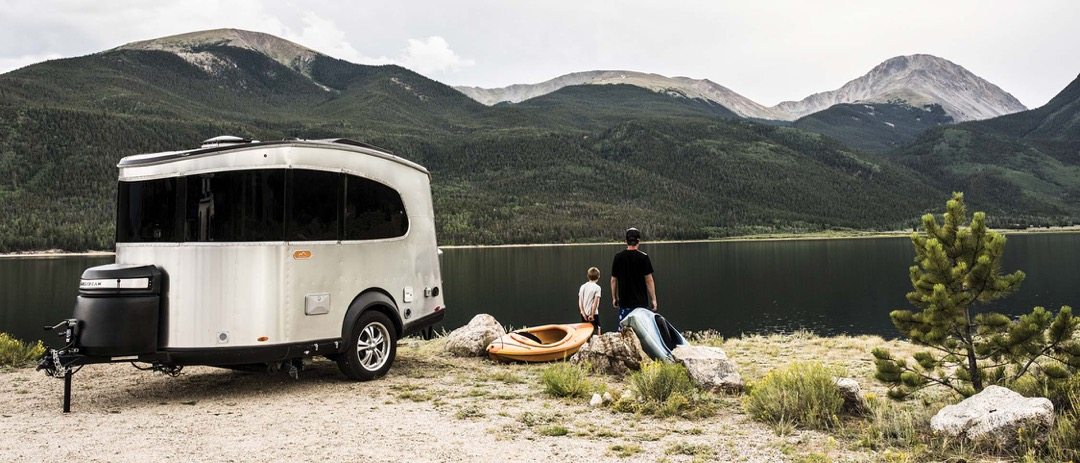Hi all,
Does anyone recommend a good WD setup? Would an adjustable height hitch be better? Since the SRT rides a bit lower, not sure if it would be better to have a hitch that i could raise a bit.
I towed last summer, and as you can see, w/o a WD setup i was sagging just a little... (trailer was 6200lbs dry)
I had no issues at all with power or even handling, but i'd rather not deal with the sagging again for longer duration trips that we're planning this summer.
![114653 114653]()
And sorry if this was discussed in other threads, but i did a search and couldn't find anything concrete really.
TIA!
Does anyone recommend a good WD setup? Would an adjustable height hitch be better? Since the SRT rides a bit lower, not sure if it would be better to have a hitch that i could raise a bit.
I towed last summer, and as you can see, w/o a WD setup i was sagging just a little... (trailer was 6200lbs dry)
I had no issues at all with power or even handling, but i'd rather not deal with the sagging again for longer duration trips that we're planning this summer.
And sorry if this was discussed in other threads, but i did a search and couldn't find anything concrete really.
TIA!








